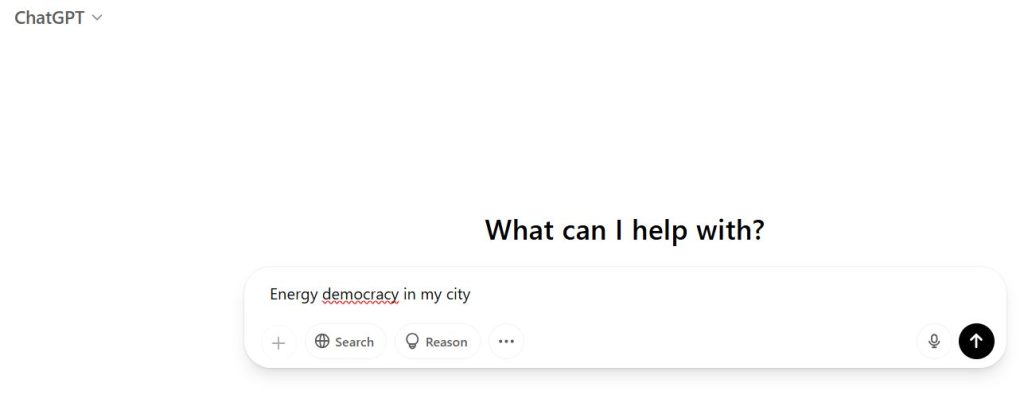Cities and citizens in search for energy democracy
An inspiring journey on how to share power
“We’ve made the choice to accept potential conflicts as we want to make better decisions.” said Kevin Bertagnoli, Deputy Mayor for Democratic Participation at the City of Besançon, last week. Together with colleagues from finances, town planning, biodiversity and green spaces, he welcomed the diverse group of more than 50 city delegates from all over Europe who had chosen the journey on “Engagement for Cooperation” at Energy Cities’ Annual Forum. During a full day on April 9th, participants had the opportunity to discover, exchange, reflect and forecast pathways of citizen engagement. What has changed over the past decades? What still stands in our way? And perhaps most intriguingly: what does the future hold—especially with new technologies like artificial intelligence reshaping the way we communicate, collaborate, and even make decisions?
Participation in urban planning
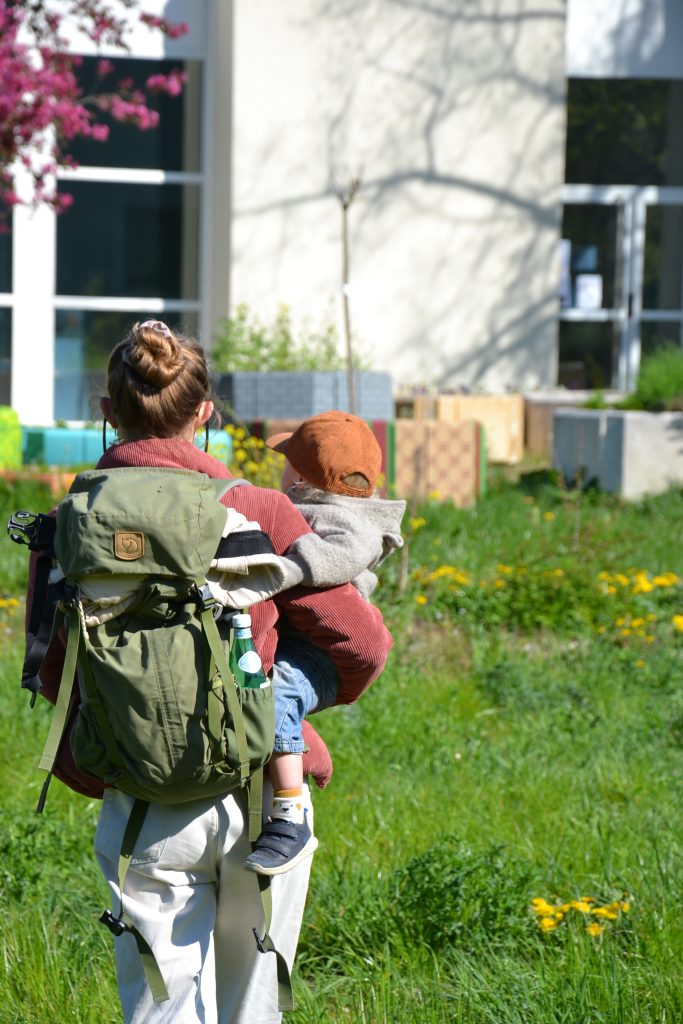
As recent elections across Europe have shown, it has become increasingly important to go back to the core: involving citizens in decision-making, starting with the local level. New mobility options, new green spaces, new housing projects: Besançon, host city of our Annual Forum 2025, is in constant evolution and wants its citizens and businesses to be part of the change. Over the past 5 years, different departments have organised 45 citizen consultations involving more than 10,000 residents. In addition to permanent online and offline spaces for dialogue, the City and Metropolitan Area see financial participation as a concrete way to increase local ownership in public interest projects.
Besides the annual participatory budget of €250.000, citizens had recently the chance to invest their money in the retrofitting of a women’s shelter and support centre worth €1,7m. The crowdlending campaign with a loan interest of 4% guaranteed over 4 years on the platform Villyz was a great success: within 2 weeks’ time, the project collected €400.000. The threshold of €700,000 was reached after only 2 months. 320 persons had invested between €5 and €4,000.
During a sunny site visit across the city’s Grette Brulard development project, participants could discover how transitory urbanism can be an effective way for land enhancement and help increase citizen’s appreciation of changes in the built environment. The project, which is pre-greened in an innovative and resource-wise way, aims to convert a 25-hectare site into 600 housing units.
Participation in energy decisions matters
Energy Cities’ early day projects on citizen participation back in the 2000s, had one focus: make energy consumption visible and understandable. We dreamt of having people getting hands on energy planning or production.
Fortunately, ambitions, practices and legislation have changed a lot since and the afternoon testimonial workshop ‘City Stories of citizens engagement on the energy transition’ reflected new ways of doing. Moderator Miriam Eisermann and the three panelists have walked the audience through a large panel of effectful and human-centred methods and tools available: from online platforms and solar maps to city-wide ‘right to energy’ campaigns and energy communities.
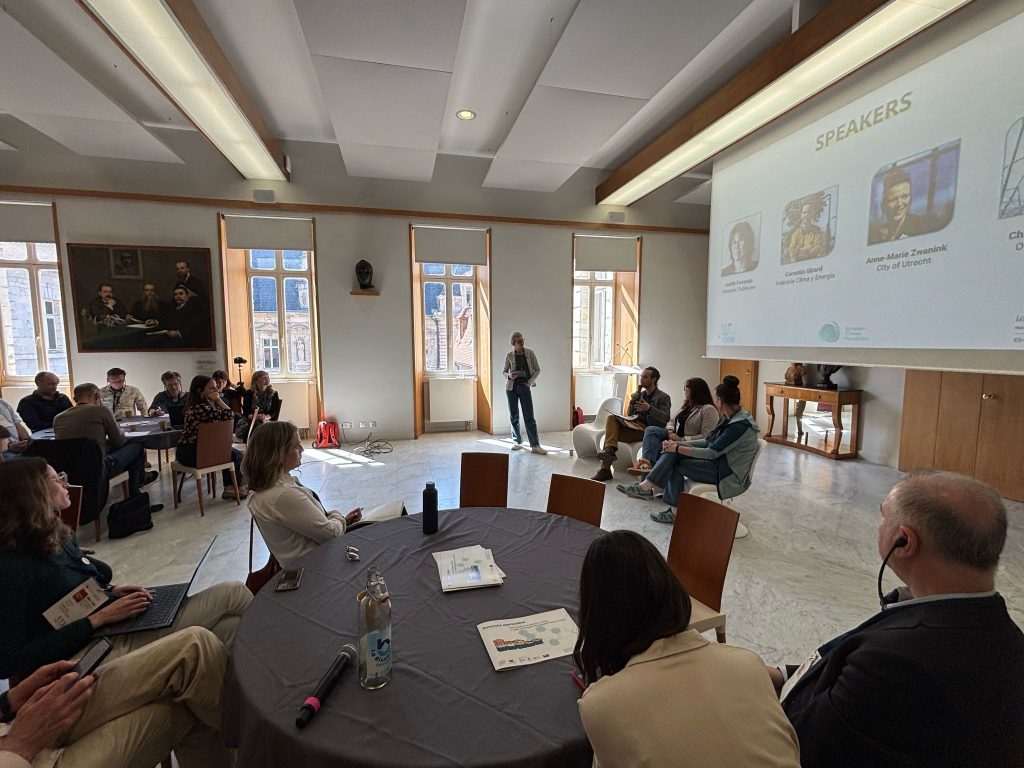
One of them was Anne-Marie Zwanink, Senior Project manager & Strategic engagement advisor at the City of Utrecht (The Netherlands). She shared the “Heat Expedition” challenge, through which her city invited civil society organisations to suggest their very own gas exit strategy. Selected candidates then received training on the heat transition and on how to practically get organized for concrete community action.
Anne-Marie and her peer Corentin Girard, Coordinator of the Energy Area at Valencia Clima i Energia in Spain, highlighted the need to mobilise citizens in the area they connect most with, i.e. their neighbourhood. The City of Valencia has set up Energy Offices in several districts. These one-stop-shops are go-to places for citizens where advice can be given and suggestions from the “city users” can be collected. And more than that: Corentin sees how much Valencian residents do cherish the social ties that are strengthened during energy workshops or community-based activities around renewables.
As good participation requires neutral facilitators, it was interesting to also hear from Judith Ferrando, Co-Director of Missions Publiques. Judith’s organisation provides expert guidance and assures a well-structured process when citizen engagement processes are to be launched in a city. Missions Publiques managed the Permanent (annual) Citizens Assembly in Brussels Capital-Region. Based on her experience, Judith complemented the statements from her city co-panelists, emphasising the need to still increase citizen’s energy literacy while daring to experiment participatory methods specifically tailored to each area.
With no surprise, inclusivity is a challenge that was mentioned by all participants. They agreed that a special focus needs to be put on making information accessible, workshops adapted to people’s reality and topics relevant for everyone. And what if we’d use AI to broaden participation?
AI: hope or hype?
Engaging with citizens can be overwhelming. This is where AI comes in, offering tools to automate, analyse, translate or tailor inputs.
Through a video statement by Christos Porios, Founder of OpenCouncil in Greece, we opened the debate to the opportunities and risks for energy democracy coming with new technologies and AI. Christos’ non-profit company provides local governments with a set of tools to support decision-making. OpenCouncil takes the agenda and minutes of council meetings, summarises them per topic and makes them available in different formats (including on TikTok). The software also sends bite-sized summaries via Whatsapp to invite citizens to share their thoughts. The idea is to lower barriers to participation. Citizens get the information they need to engage with their local government in a meaningful way.
Time was too short to deep dive into that fascinating topic. But all participants agreed: we need to use AI to enhance, not replace, human interaction: we must ensure that technology enhances inclusivity rather than creating new barriers. Not everyone has equal access to digital tools, and in-person engagement remains crucial.
Lifting the invisible barriers
We may think that participation has become standard in most local governments. And even though we can find bits and pieces of it in many places now, barriers to truly democratic policies and co-ownership in the local energy systems remain a reality.
That is why we ended the day looking at a set of challenges that were brought in by participants:
- City of Marburg, Germany: How to best involve th e big local actors (such as the university, the hospital and the pharmaceutical Centre) in the climate governance processes?
- City of Grenoble, France: With what methods can we ensure that staff in municipal buildings adopt self-sufficiency measures over the long term?
- Ville de Bruxelles, Belgium: How to build and foster cooperation between our own municipality Departments to develop an energy community project?
- CLER network, France: How can we diversify the public taking part in citizen projects, to attract more than just retired people?
Group discussions around each of the challenges were very lively and participants provided their own, individual insights into the topic after exploring the challenger’s starting point. All the challenges revealed is that we need to better understand the needs of local stakeholders and how they can align with city priorities. A UX approach on engagement activities could be effective. Success certainly also requires municipal teams to set dedicated time and human resources aside to discuss with people in early phases, to understand what they need and, ultimately, to shape good solutions with and for them.
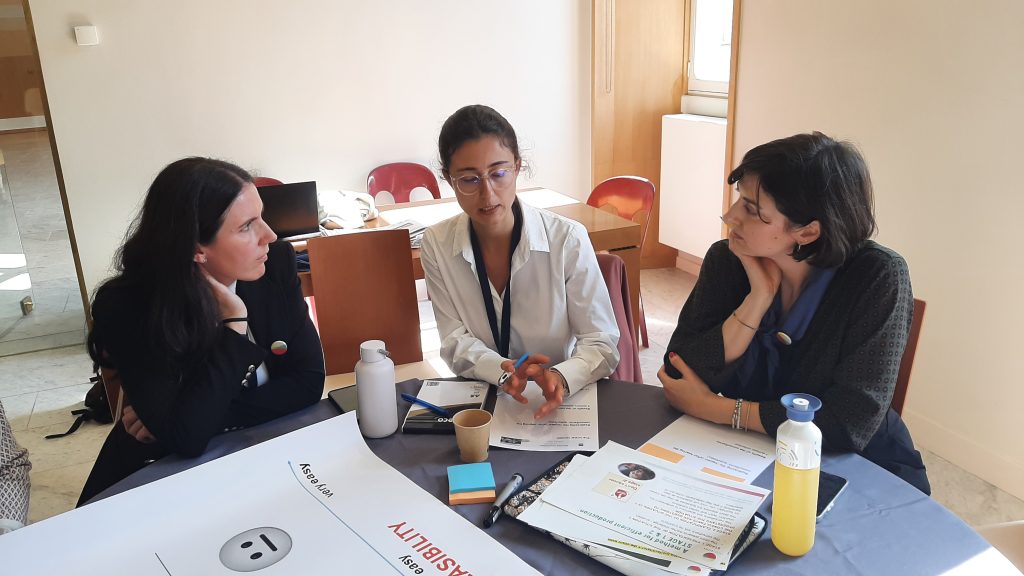
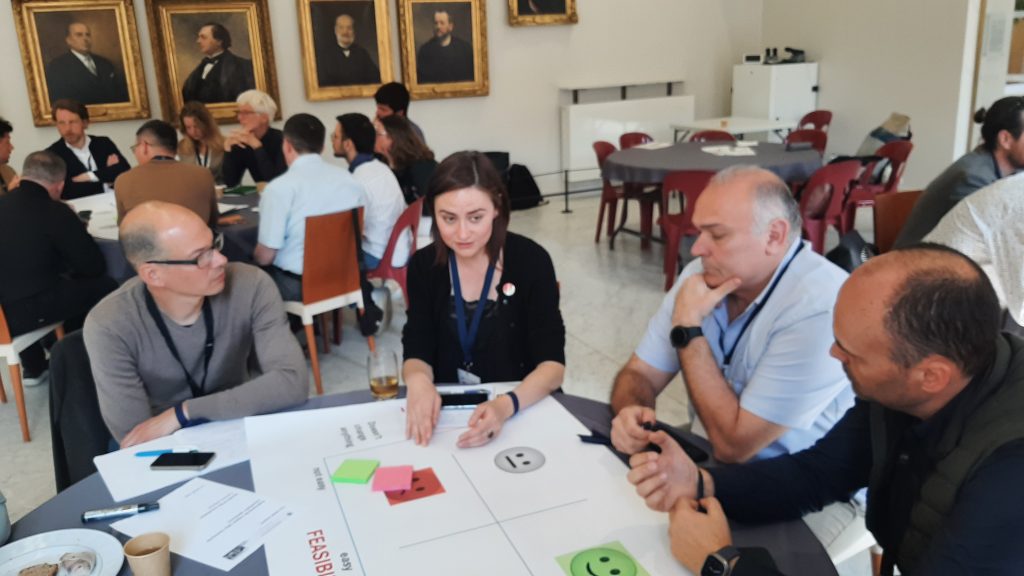
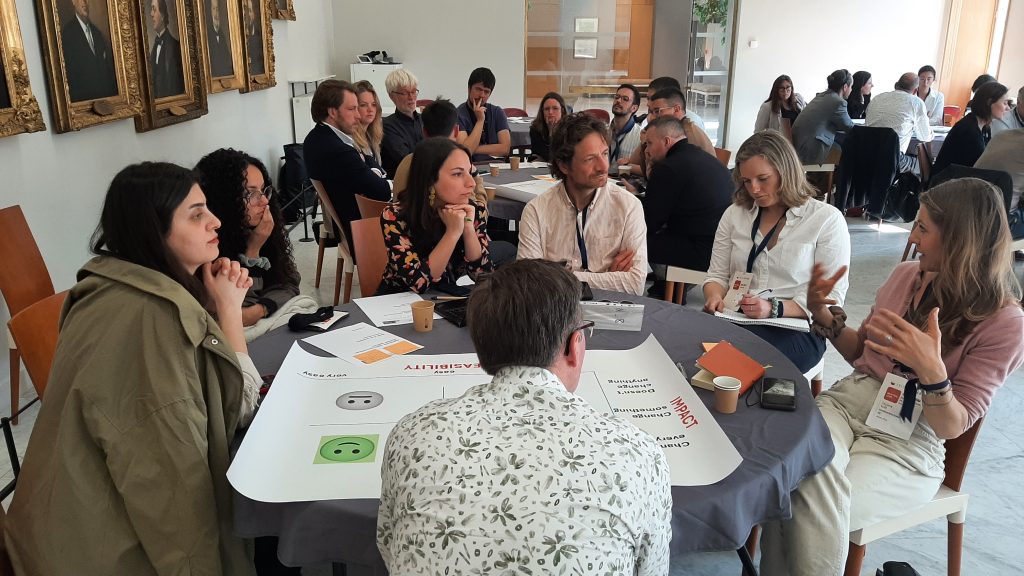
Overall, more than 280 participants celebrated Energy Cities 35th Anniversary during the Annual Forum in Besançon. No matter which thematic journey they had chosen on day 1 or which workshop they had participated in on day 2, they all agreed that the conference motto “weaving connections” requires two key ingredients: People’s love for their city and trust between all parties involved in urban projects.
📖Explore more:
• Local citizens assemblies on climate and energy
• Empathy in Action – A serious game for inclusive energy communities (SSH)
• A map to Tomorrow
• How Local Authorities can encourage citizen participation in energy transition

